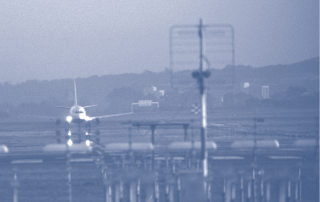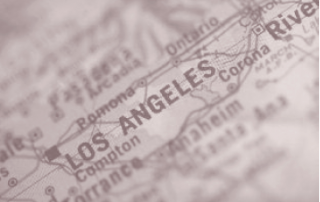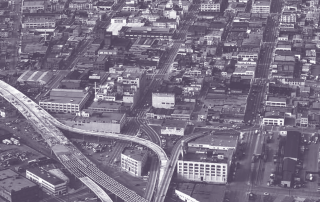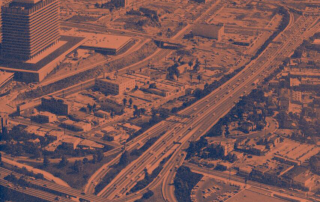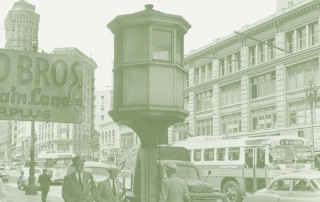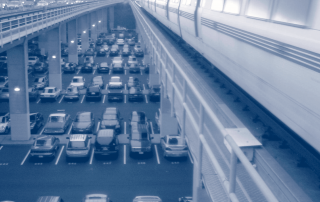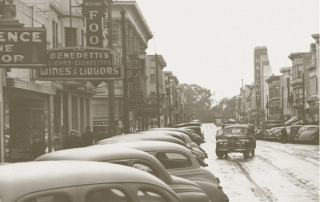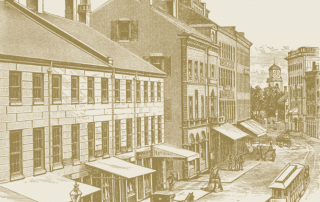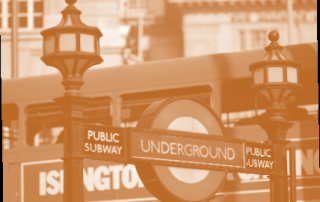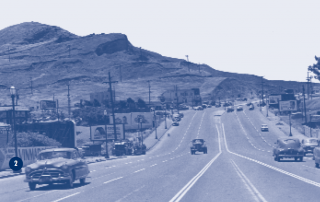Airport Congestion Management: Prices or Quantities?
Jan Brueckner
Air travel delays have hit new highs in the US since 2000, although passenger traffic and airport congestion have temporarily fallen during the current recession. Similar delays continue to plague European airlines. Although weather is a major source of delays, US Department of Transportation data show that the volume of traffic is also a major cause. What can be done about this airport congestion and the resulting delays?

